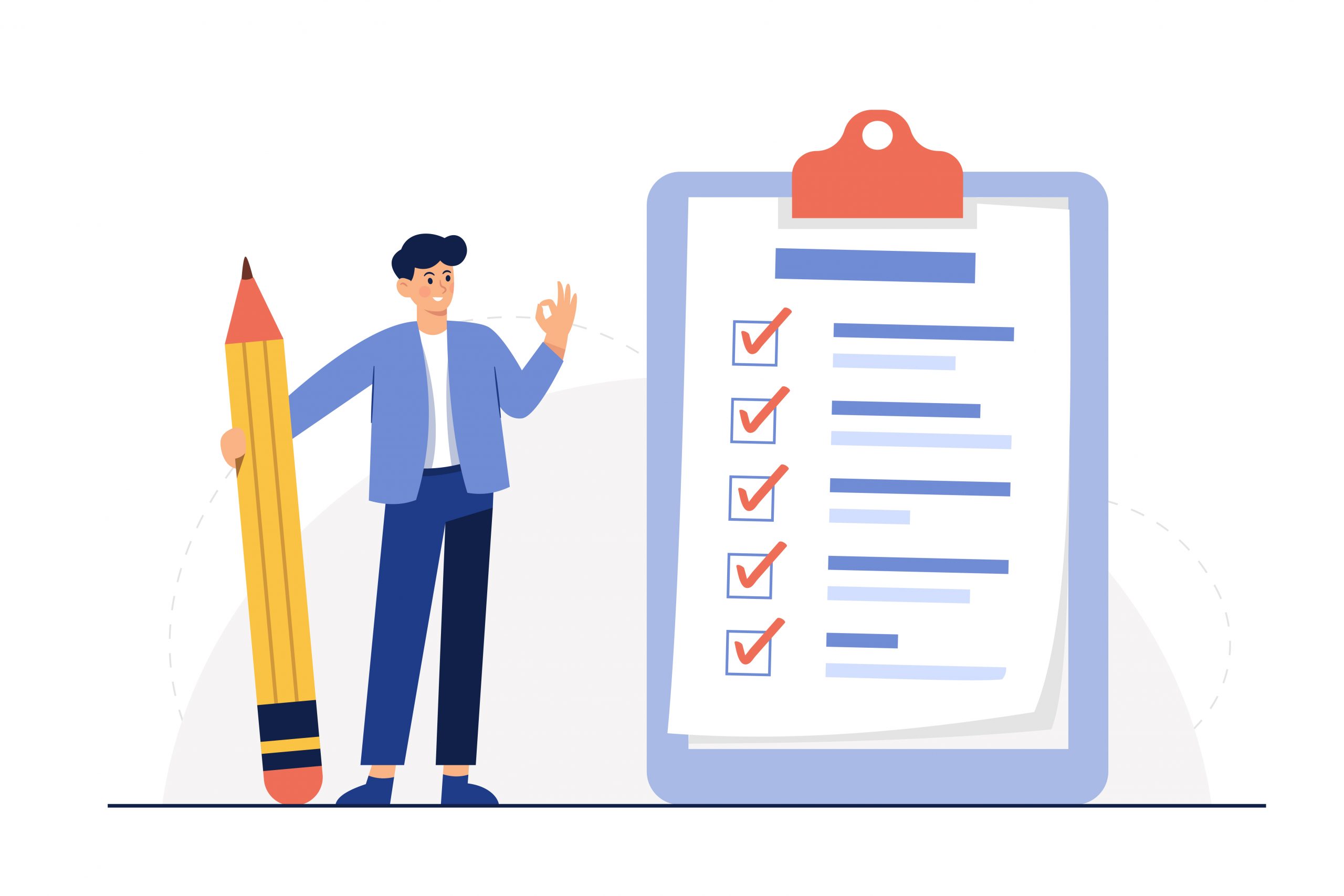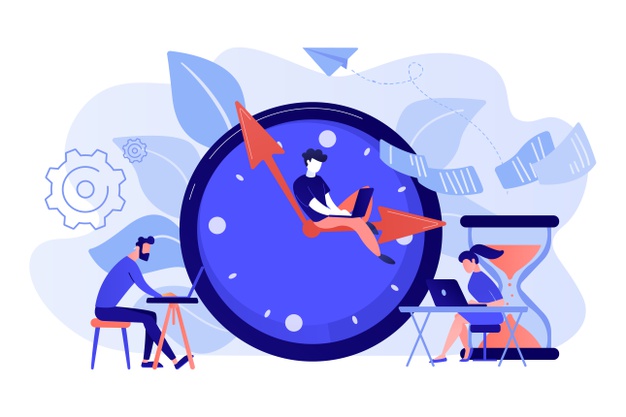Though costly, the assumption is that onboarding costs are an investment that will yield returns in the employee’s productivity, independence, and longevity in the company. But this is not always the case. According to research conducted by Gallup, 88% of participants said their organization did not have a good onboarding process. Negative onboarding experiences, in turn, make employees twice as likely to look for other job opportunities, without mentioning its impact on their ability to act independently, proactively, or have a sense of self-confidence.
So, if you calculated how much your company is spending per hire based on the $3000 benchmark from earlier, go ahead and add some extra dollars in there to account for the employees who will quit within a year.
But hey, it’s not all bad news! When your onboarding process is good, the results are great. Employees develop strong bonds with the organization, they feel more connected to their coworkers as well as to the company culture, have more role clarity, stay in the organization longer, and hit the ground running. So how can you achieve this?
1. Know that good onboarding starts in the recruitment phase

Hiring the right candidate is the single most important factor in creating a positive onboarding experience. For this, you and your team must carry out an extensive job analysis that specifies the functions, duties, skills, and outcomes the new employee will have to fulfill. This background information will determine the clarity of the job description, which will be key in filtering candidates.
2. Develop a system to get through admin and paperwork swiftly to focus on the issues that will enhance the new hire’s confidence


As it stands now, most of the onboarding process in companies is spent sorting out administrative items and paperwork. Although these are important aspects to tackle, try to organize them into a checklist that you can send to your new team member in the preboarding period. Additionally, consider shifting CRM, health and safety, and company policy training to a corporate Learning Experience Platform that enables new employees to not only learn at their own pace but also consolidate knowledge without the pressure of having to remember everything on the first day.
Getting the admin out of the way in the preboarding phase can help ease the intensity of the employee’s first day since their perspective will be completely different from yours as a manager. While your focus may be on whether their key fob is activated, the email is set up or their parking space is available, they will probably be nervous about meeting their new co-workers and managers, learning about the expectations of their job, and knowing who to go to in case they make a mistake. By optimizing the time spent on administrative aspects, you’ll free up time to clarify these three key points within the first week:
- Expectations of the job (with measurable outputs)
- Line management and team dynamics
- Feedback method and frequency
3. Understand that it’s not meant to be a one-week plan, but that there are steps you can (and should) take to make it more efficient


Finally, the key to successful onboarding and to help your hires hit the ground running is to accept that it won’t be something you will “get out of the way” within the first week or month. When we understand the employee’s onboarding process as one that will likely last a few months but that will result in a happier, more productive, and more independent individual that will stay in the company longer, we are on track to a good onboarding experience.
That being said, customizing the onboarding process for every single new employee would be a logistical and financial challenge. So we suggest that you back your onboarding process with digital tools such as CanopyLAB’s LXP where you can deliver bulk onboardings, analyze employees’ training progress and keep a library of materials they can refer to regularly.
Finally, though it may seem like a more resource-intensive method than the way you delivered onboarding before, with the help of technologies and systems that help increase the efficiency of the process, you can create an onboarding process that results in a more satisfied, productive, and confident workforce. You can also think about producing a digital onboarding program for future hires.



